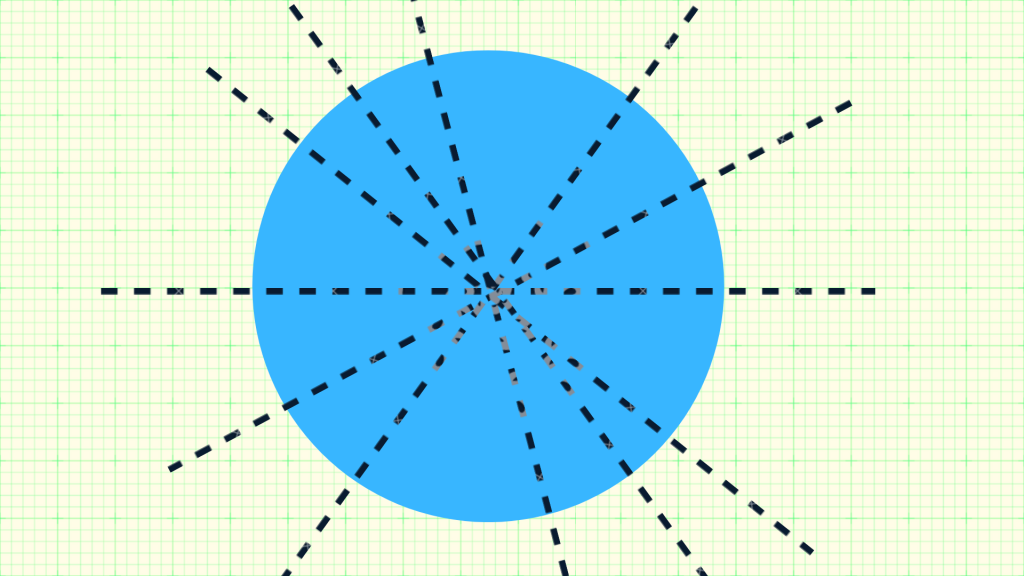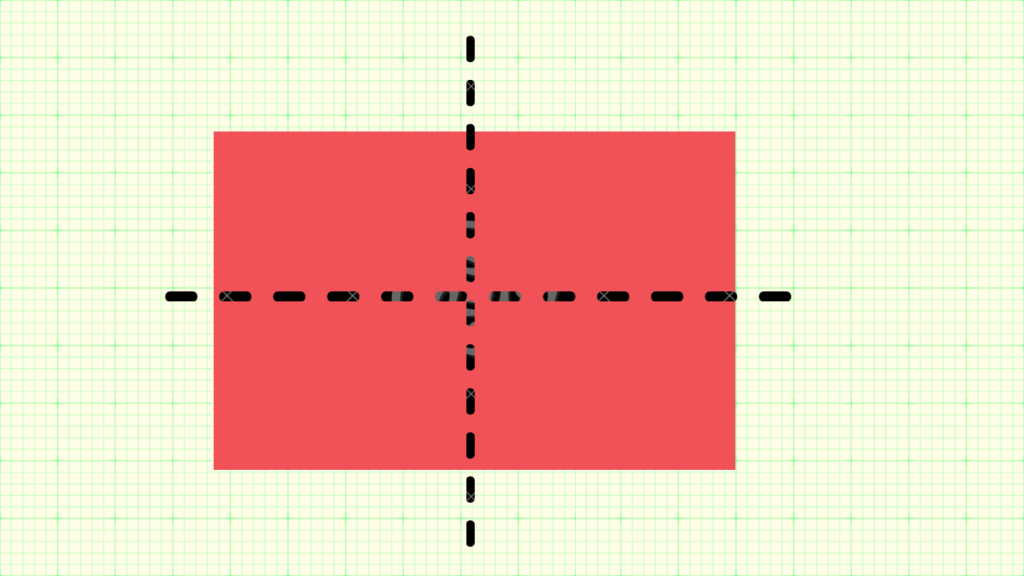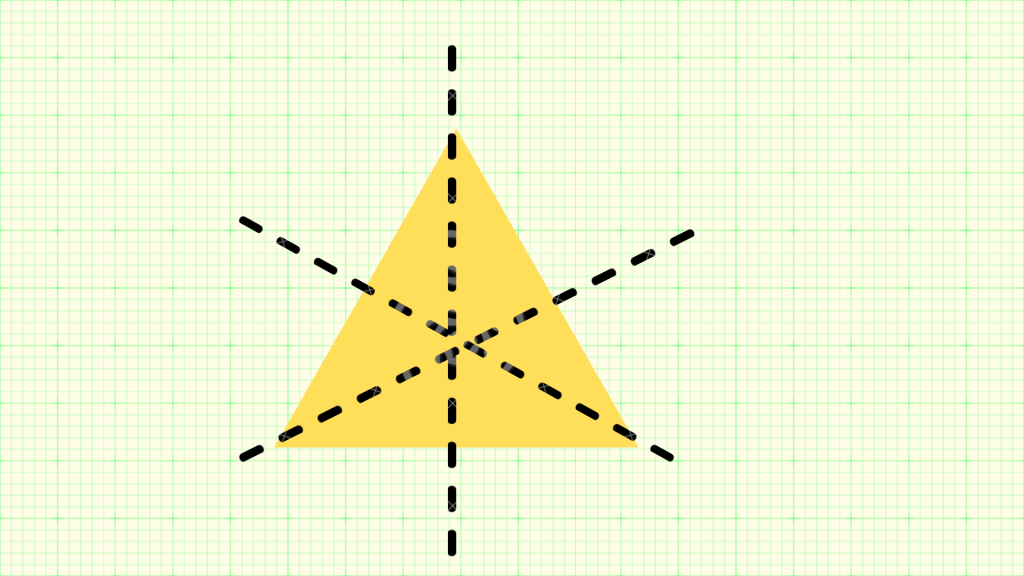Today, we’re going to embark on an exciting journey into the world of axial symmetry and symmetrical shapes. These might sound like big words, but by the end of our adventure, you’ll be a symmetry expert!
What is Axial Symmetry?
Axial symmetry, also known as line symmetry or mirror symmetry, occurs when an object can be divided into two identical halves that are mirror images of each other. Imagine drawing a line down the middle of a shape and seeing that both sides match perfectly—that’s axial symmetry!

The Magic Line: Line of Symmetry
The line that divides an object into two mirror-image halves is called the line of symmetry. Think of it as an invisible mirror running through the middle of your drawing or shape.

Symmetrical Shapes
Let’s dive into some common shapes that show axial symmetry:
Circle
- A circle has infinite lines of symmetry! You can draw a line from any point on the circle to the opposite point, and both halves will always match.

Square
- A square has four lines of symmetry. You can fold it vertically, horizontally, or along its diagonals, and each time both halves will match perfectly.

Rectangle
- A rectangle has two lines of symmetry: one vertical and one horizontal.

Triangle
- An equilateral triangle (where all sides are equal) has three lines of symmetry. Each line runs from one vertex (corner) to the midpoint of the opposite side.

Heart
- A heart shape typically has one vertical line of symmetry running down its center.

Examples in Nature and Everyday Life
Axial symmetry is everywhere! Let’s look at some cool examples:
- Butterflies: Their wings are identical on both sides.
- Leaves: Many leaves have a central vein that acts as a line of symmetry.
- Human Faces: Our faces are roughly symmetrical with one eye on each side, one ear on each side, etc.
- Snowflakes: Each snowflake has six lines of symmetry!

Fun Activities to Explore Axial Symmetry
Symmetry Drawing
Grab a piece of paper and fold it in half. Draw half of a simple shape (like a heart or star) along the fold. Now unfold it and try to complete the shape so that both halves match perfectly. Voilà! You’ve created something symmetrical!
Mirror Magic
Take a small hand mirror and place it along different objects to see if they have axial symmetry. Try it with toys, fruits, or even your own drawings!
Symmetry Hunt
Go on a symmetry hunt around your home or school. Make a list of items that show axial symmetry and share your findings with friends or family.
Why is Axial Symmetry Important?
Understanding axial symmetry helps us appreciate balance and beauty in nature and art. It also helps scientists and engineers design everything from buildings to bridges, ensuring stability and harmony.
How Does Symmetry Improve Logical Reasoning?
Pattern Recognition: Understanding symmetry helps you recognize patterns, which is a key part of logical thinking. Spotting patterns quickly can make solving puzzles and math problems easier.
Spatial Awareness: Working with symmetrical shapes improves your ability to visualize and manipulate objects in your mind. This skill is essential for subjects like geometry and even for everyday tasks like packing a suitcase!
Problem-Solving Skills: Symmetry teaches you to break down complex problems into simpler parts. By focusing on one half of a symmetrical shape, you can often figure out the other half more easily.
Attention to Detail: Identifying symmetrical features requires careful observation, which sharpens your attention to detail—a crucial skill for any logical reasoning task.




